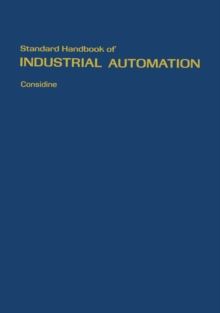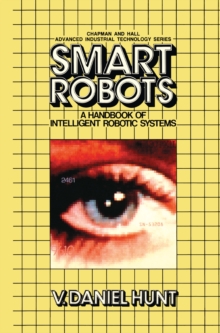
Handbook of High-Speed Machining Technology PDF
by Robert King
Part of the Chapman and Hall Advanced Industrial Technology Series series
Description
The United States now spends approximately $115 billion annually to perform its metal removal tasks using conventional machining technology.
Of this total amount, about $14 billion is invested in the aerospace and associated industries.
It becomes clear that metal removal technology is a very important candidate for rigorous investigation looking toward improvement of produc-tivity within the manufacturing system.
To aid in this endeavor, work has begun to establish a new scientific and technical base that will provide prin-ciples upon which manufacturing decisions may be based.
One of the metal removal areas that has the potential for great economic advantages is high-speed machining and related technology.
This text is concerned with discussions of ways in which high-speed machining systems can solve immediate problems of profiling, pocketing, slotting, sculpturing, facing, turning, drilling, and thin-walled sectioning.
Benefits to many existing programs are provided by aiding in solving a current management production problem, that of efficiently removing large volumes of metal by chip removal.
The injection of new high-rate metal removal techniques into conventional production procedures, which have remained basically unchanged for a cen-tury, presents a formidable systems problem, both technically and man agerially.The proper solution requires a sophisticated, difficult process whereby management-worker relationships are reassessed, age-old machine deSigns reevaluated, and a new vista of product/process planning and design admitted.
Information
-
Download - Immediately Available
- Format:PDF
- Publisher:Springer US
- Publication Date:08/03/2013
- Category:
- ISBN:9781468464214
Other Formats
- Paperback / softback from £63.09
Information
-
Download - Immediately Available
- Format:PDF
- Publisher:Springer US
- Publication Date:08/03/2013
- Category:
- ISBN:9781468464214










